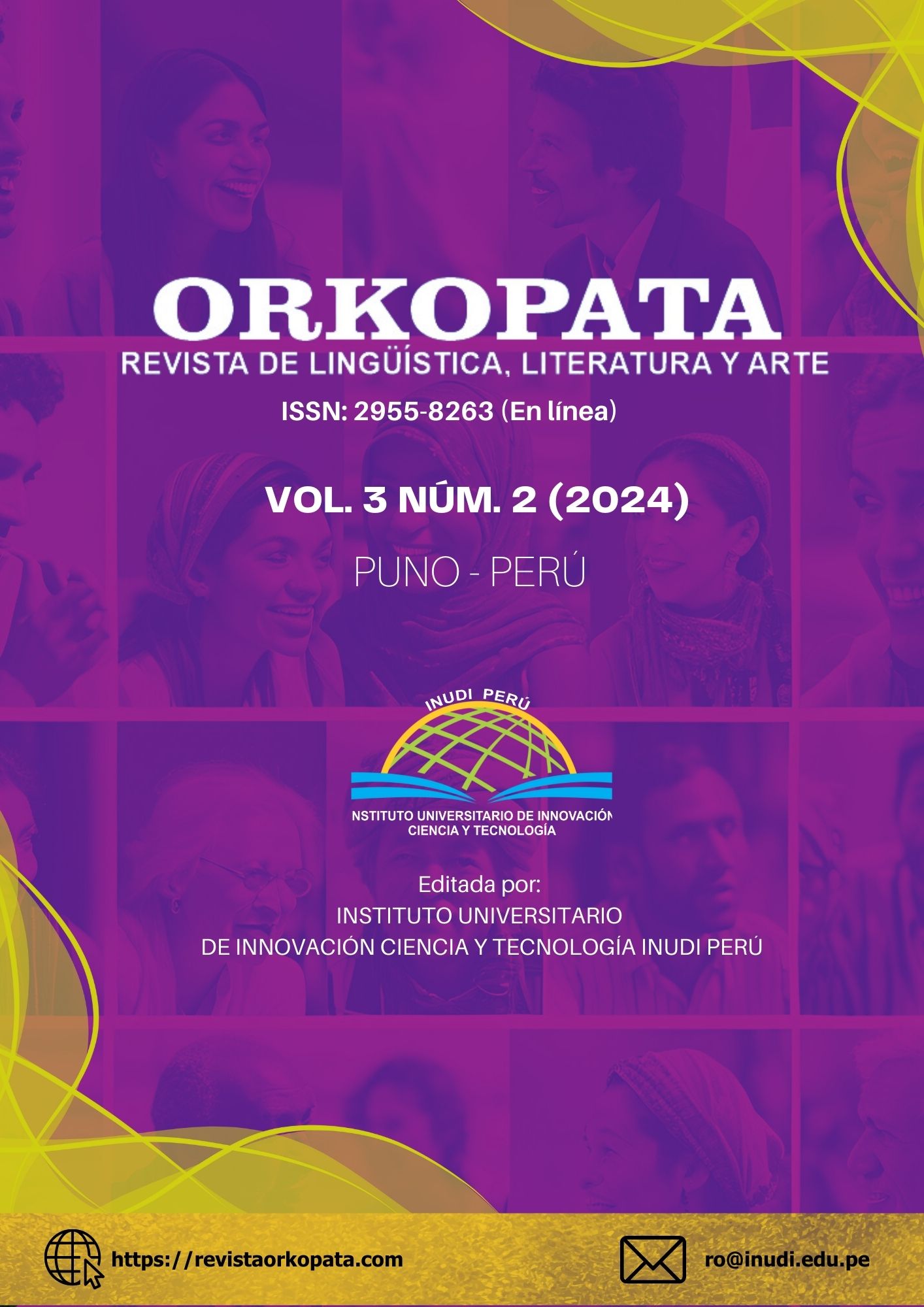The comparison of animal figures in Chinese and Spanish proverbs: the case of bovine livestock
DOI:
https://doi.org/10.35622/j.ro.2024.02.002Keywords:
bovine livestock figure, comparative analysis, cultural linguistics, intercultural communication, proverbAbstract
Proverbs are one of the most representative expressions of a country or nation's language and culture. Both in China and Spain, there is a large number of proverbs related to animals, and bovine livestock possesses a special and important meaning in both cultures. Therefore, starting from the theoretical framework of cultural linguistics and linguaculture, and employing the method of comparative analysis, this work aims to construct a corpus of Chinese and Spanish proverbs about bovine livestock and carry out a contrastive analysis. The objective is to reveal the similarities and differences between the images of bovine livestock in the proverbs and cultures of both countries, as well as to better understand the differences between the peoples of China and Spain in terms of their life habits, ways of thinking, and ideologies. By deepening the knowledge of the image of bovine livestock in the proverbs of both nations, we hope to facilitate and increasingly enrich intercultural communications between China and Spain.
References
Agar, M. (1994). Language Shock: Understanding the Culture of Conversation. William Morrow.
Chen, X. (2009). “斗牛”文化与西班牙语谚语 (La cultura de las "corridas de toros" y los refranes en español). Journal of Language and Literature Studies. (3), 165-166.
Chen, Z. (2020). 中西谚语中动物词的内涵意对比 (Análisis contrastivo de las connotaciones de las palabras relacionadas con animales en refranes chinos y españoles). Comparative Study of Cultural Innovation. (30), 163-165.
Desmonde, W. H. (1952). The Bull-Fight as a Religious Ritual. American Imago, vol. 9, (2). 173–95.
El Colegio de México. (n.d.). Refrán. En Diccionario del Español de México. Recuperado febrero 16, 2024, de https://dem.colmex.mx/Ver/refr%c3%a1n
Gabriel, A. H. (1818). Agricultura General: Tomo I, Madrid, Imprenta Real. 34-35.
Friedrich, P. (1989). Language, Ideology, and Political Economy. In American Anthropologist 91, 295–312. DOI: https://doi.org/10.1525/aa.1989.91.2.02a00010
Gong, Y. (2019). 中国、西班牙政治话语中“牛”文化的隐喻特征 (Características metafóricas de la cultura del "buey" en el discurso político de China y España).. Culture Journal. (02), 210-212.
Hunt, W. (2005). Sobre la corrida de toros. Fundación de Estudios Taurinos.
Hall, E. (1959). The silent language. Doubleday & Company.
Institute of Linguistics, CASS. (2016). 现代汉语词典 (Diccionario Chino Moderno). The Commercial Press.
Liu, J. (2006). 中西谚语在文化层面上的比较 (Análisis contrastivo de los refranes chinos y españoles al nivel cultural). Universidad de Estudios Extranjeros de Shanghai.
Liu, X. (2016). 牛耕起源和早期的牛耕 (El origen del arado con bueyes y el uso temprano de bueyes para arar). Agricultural History of China. (02), 29-38.
Luo, M.[宋 (dinastía de Song) (1965) 路史·后纪三·炎帝(四部备要本) [Lu Shi Hou Ji San - Yandi (Versión de Si Bu Bei Yao)]. Zhonghua Book Company.
Polzenhagen, F. &Xia, X. (2015). Language, culture, and prototypicality. In Sharifan, F. (Ed.), The Routledge Handbook of Language and Culture. Routledge.
Sharifian, F. (2008). Distributed, emergent cultural cognition, conceptualization, and language. in Frank, R.M., Dirven, R., Ziemke, T. & Bernandez, E. (Eds.), Body, Language, and Mind (Vol. 2). Sociocultural Situatedness. Mouton de Gruyter. DOI: https://doi.org/10.1515/9783110199116.1.109
——(2009). On collective cognition and language. In H. Pishwa (Ed.), Language and Social Cognition: Expression of Social Mind. Mouton de Gruyter.
——(2011). Cultural Conceptualisations and Language: Theoretical Framework and Applications. John Benjamins.
——(2015. Cultural linguistics. In. Sharifan, Farzad (ed.) The Routledge Handbook of Language and Culture, Routledge.
Risager, K. (2015). Linguaculture: the language—culture nexus in transnational perspective. In Sharifan, F. (Ed.), The Routledge Handbook of Language and Culture. Routledge.
Xing, F. (2000). 文化语言学 (Lingüística cultural). 湖北教育出版社 (Editorial de Educación de Hubei).
Published
Issue
Section
License
Copyright (c) 2024 Shiyang Liu, Xingwang Dong (Autor/a)

This work is licensed under a Creative Commons Attribution 4.0 International License.












